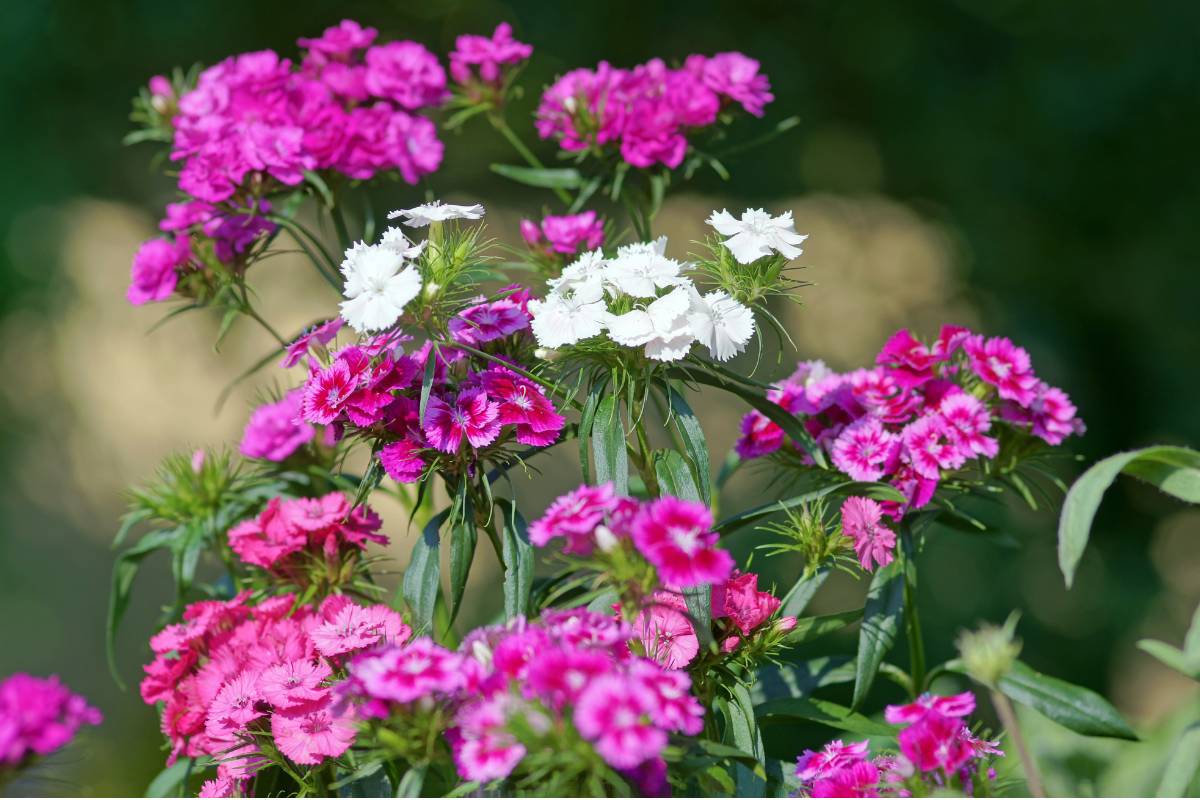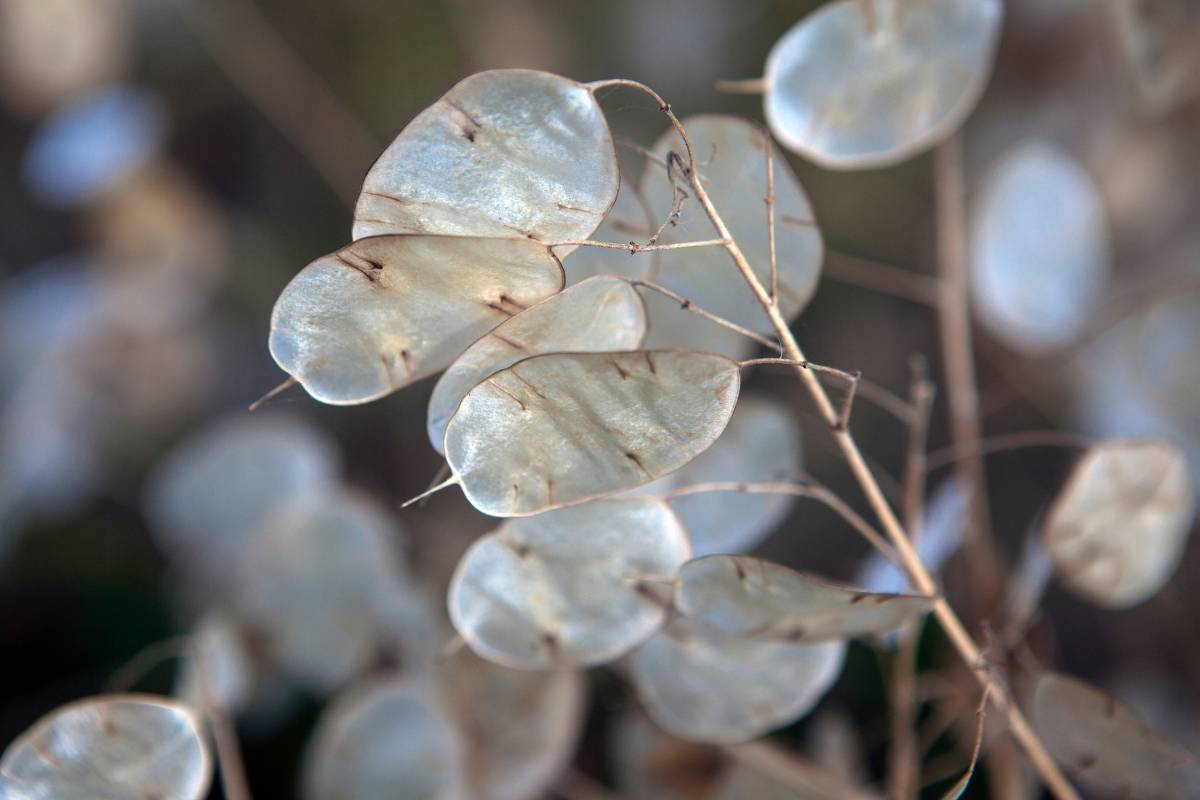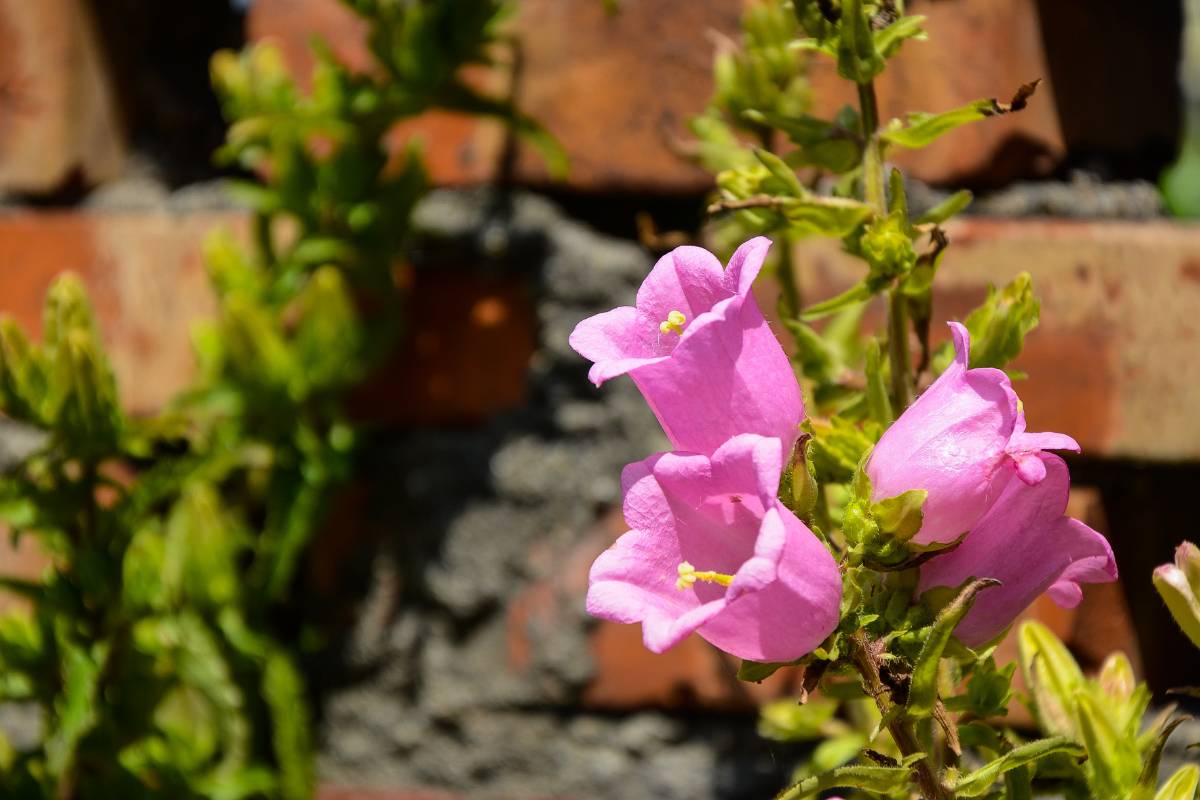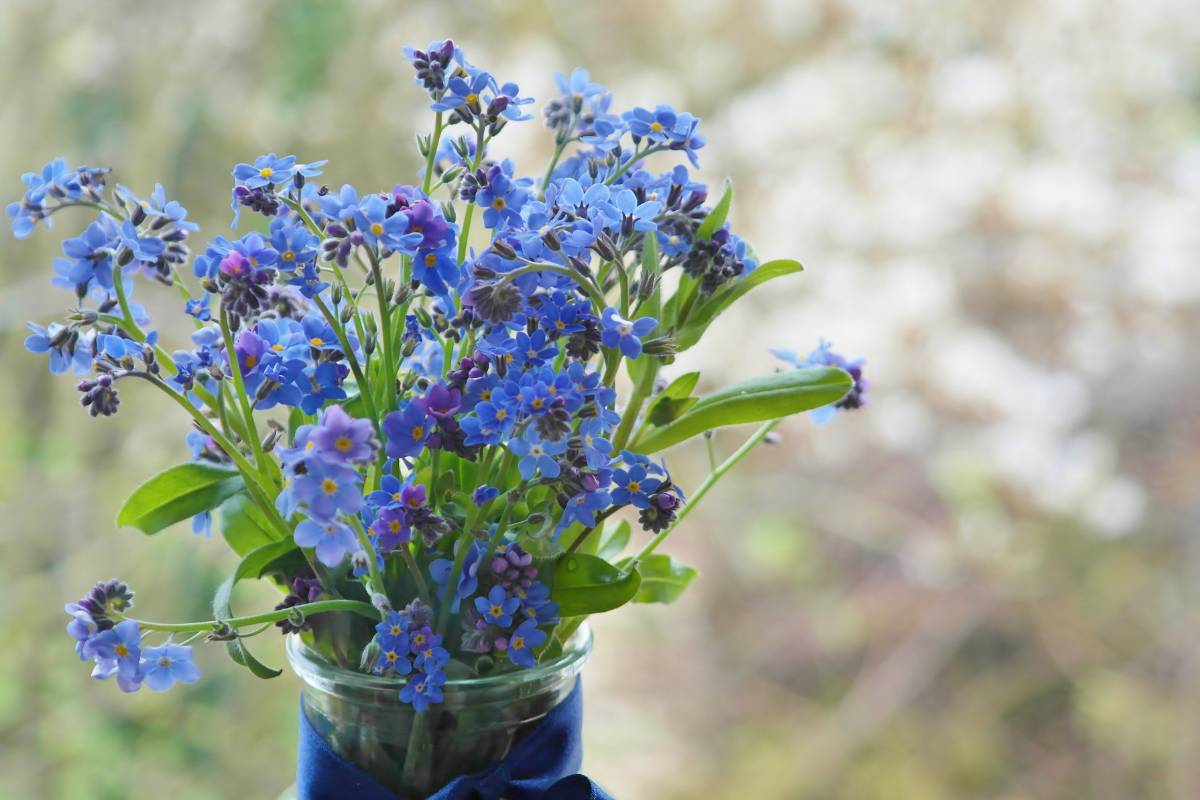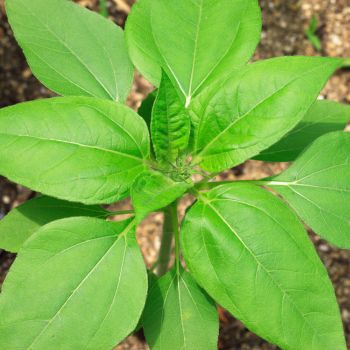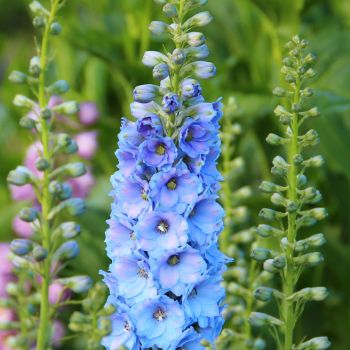You might have come across the term ‘biennial’ while planning what to plant in your flower garden. Biennials are a useful group of plants that are easy to grow, cold hardy and long flowering. They can be particularly valuable in the cutting garden because they often flower in early spring, filling the gap between the last flowering bulbs and the first warm-season annuals.
Some of the world’s favourite cut flowers are biennials, including sweet William, foxglove, honesty and Canterbury bells. Read on to discover this useful group of plants and learn about some favourites to grow in your garden.
What Is a Biennial?
Biennials are a group of plants distinguished by having a two-year life cycle. In the first year they produce roots and leaves, while in the second they flower, set seed and die.
At least that’s the theory. In practice, while a ‘two-year’ life cycle makes sense to northern hemisphere gardeners, the biennial rules can be a little blurry elsewhere. In the Southern hemisphere many biennials can complete their full life cycle within a calendar year; if planted in late summer or autumn they will flower the following spring before dying in summer. Their life cycle is best defined as spanning two growing seasons rather than two years.
To muddy the waters even more, some biennials will live through their second summer and repeat flower in autumn before setting seed. Others may live longer, especially if flowers are cut regularly, putting them in the ‘short-lived perennials’ category.
While these variations may seem confusing, don’t let them deter you from growing these valuable flowers. The most important thing to understand about the biennial life cycle is that plants take time to mature before they flower, and that they are likely to live at least into their second growing season, but will not become permanent fixtures in your garden.
When to Plant Biennial Flowers
Growing biennials successfully requires a bit of planning. The most efficient way to grow them in Australian climates is to sow seeds in late summer or early autumn. The idea is to give seedlings enough time to grow leaves and a strong root system before cold weather slows them down. In cold climates, plants should survive the winter cold, reviving and flowering when temperatures climb the following spring.
In subtropical and tropical climates the pace may be speeded up. Biennials sown in autumn will likely reach their mature size and flower before hot temperatures stop them in their tracks.
Seeds can be sown directly or in seed trays as directed on the seed packet. Plants will appreciate a moist but not waterlogged soil, a top-up of fertiliser in late winter, and regular dead-heading to extend their flowering time and lifespan.
Favourite Biennial Flowers to Grow
1. Sweet William
This sturdy plant with strong stems and clusters of simple carnation-like flowers is highly productive in late winter or early spring and adds colour and fragrance to mixed bouquets. It has an extremely long vase life and is easy to grow and maintain, just needing dead-heading after flowering. Harvest flowers when just a few are open in each cluster.
2. Forget Me Not
An easy-to-grow biennial flower that will naturalise in damp, partly shaded positions. It reliably produces dainty, edible blooms that make good cut flowers, and it can be grown as a low-maintenance flowering groundcover under trees.
3. Canterbury Bells
A must-have for any cut flower grower, both the single and ‘cup and saucer’ varieties produce long stems with colourful balloon-shaped blooms. Though not a climber, plants benefit from staking or a trellis to keep them growing upright. Pick when the top bud has just opened.
4. Honesty
Grown for its decorative papery seed pods, this tough customer thrives in poor soil. Seed pods can be harvested fresh and green, or when fully dried and papery to the touch. Stems can be used immediately or hung in bunches for later use.
5. Foxglove
A favourite for cottage gardens and dappled shade, foxgloves grow a rosette of green leaves in their first season followed by tall flower spikes the next. When harvested early, just as a few buds open, foxglove can last a week in the vase. Foxglove is poisonous and is considered invasive in some areas, so check with your local council before planting.
Would biennial flowers fill a gap in your garden? With a little patience and care, and an understanding of their lifecycle, their charming flowers are yours to enjoy.
